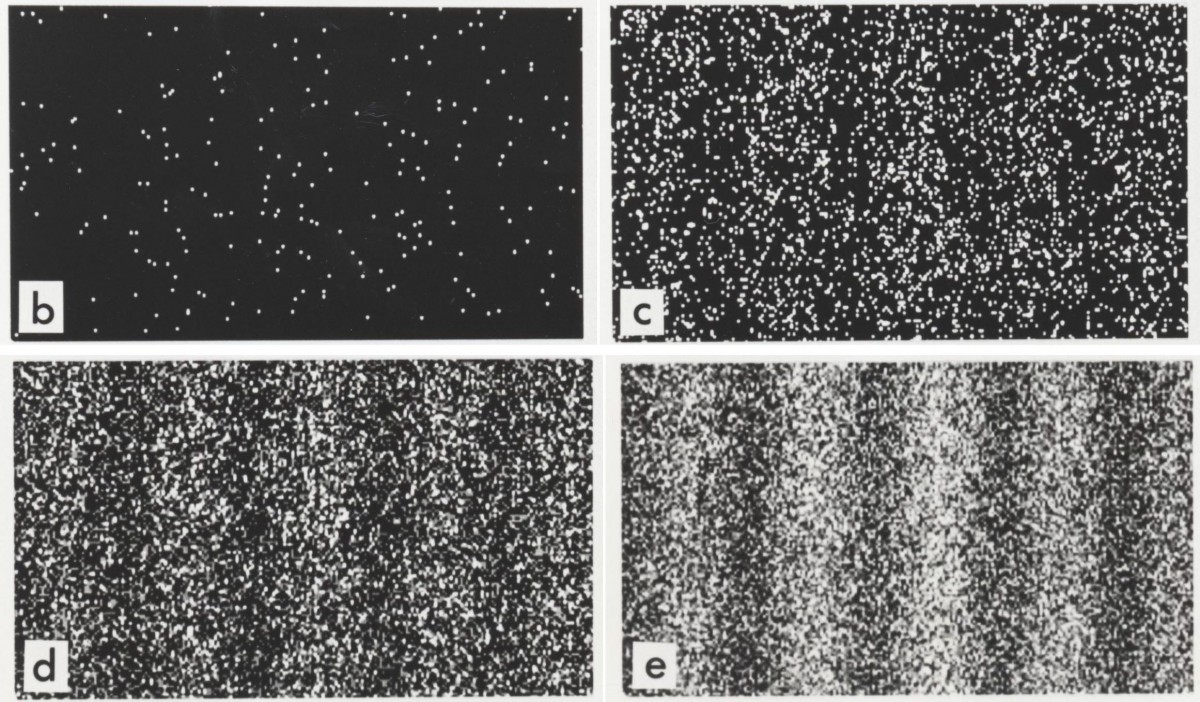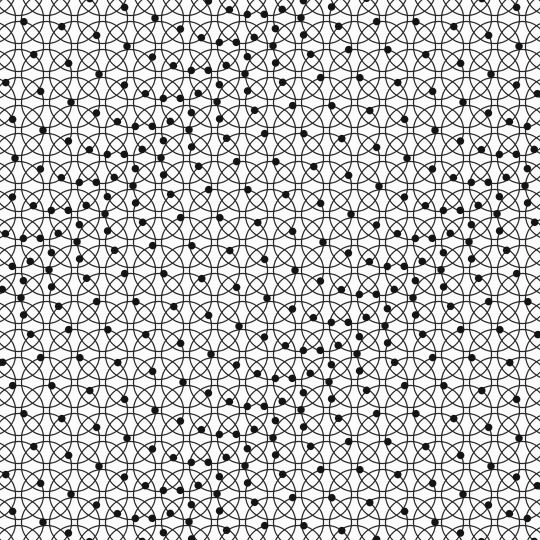Ask Ethan: Does gravitational waves exhibit wave-particle duality?

Now, when LIGO first discovered the signal of gravitational waves, part of Einstein's theory was confirmed, predicting that the very fabric of space should be covered with ripples and waves. And this raises many interesting questions, including the following:
Should gravitational waves exhibit wave-particle duality, and if so, have physicists with LIGO come up with ways to test this, such as some kind of experiment with two slits?
Corpuscular-wave dualism is one of the strangest effects of quantum mechanics known to us.

Everything begins quite simply: the matter consists of particles, of atoms and their components, and the radiation - of waves. The particle is visible, since it exhibits such properties as collisions or rebounds, sticks together with other particles, exchanges energy, binds, etc. A wave can be determined by diffraction and interference with itself. Newton incorrectly believed that light consists of particles, but others, for example, Huygens (his contemporary) and scientists of the beginning of the XIX century, Young and Fresnel, showed with certainty that light shows properties that cannot be explained if we do not consider it wave The most obvious of them is the passage of light through a double slit: the pattern on the background screen shows that light interferes both constructively (bright dots appear) and destructively (dark dots appear).
')

Interference is a wave property, so the experiment “proved” that light is a wave. But at the beginning of the 20th century, everything was a little confused when the photoelectric effect was discovered. If you shine on a certain material, the light will periodically knock electrons out. If you make the light redder (lower energy) - even by increasing its intensity - the electrons will no longer be beaten out. But if you make it blue (increase energy), then even if you screw the efficiency strongly, the light will still knock out electrons. Soon after, it turned out that light was quantized into photons, and that individual photons could behave like particles, knocking out electrons with the correct energy.

Below a certain limit of ionization energy does not occur.
During the 20th century, even stranger results appeared:
• Separate photons, passing through two slits one by one, will interfere with themselves, and give a picture corresponding to the wave.
• Electrons, being particles, also exhibit interference and diffraction.
• If you measure which specific gap a photon or electron passes through, the interference pattern does not work — and if you don’t measure it, it turns out.
It seems that every particle we observe can be described both as a wave and as a particle. Moreover, quantum physics says that it is necessary to describe it as both at the same time, otherwise we will not get results that are consistent with the experiments.

Go to the gravitational waves. They are quite unique, because so far we have only observed their wave manifestations, but have not observed that they behave like particles. However, just as water waves are composed of particles, so gravitational waves should consist of particles. These particles must be gravitons that transmit gravitational force, and they must manifest as a consequence of the fact that gravity is by its nature quantum interaction.

Since this is a wave, judging by observations, behaving exactly as predicted by the General Theory of Relativity, we can safely conclude that it will continue to behave like all wave entities predicted by GR. In detail, they are slightly different from other waves we are used to: these are not scalar waves, like waves on water, and not vector waves, like light, in which electric and magnetic fields oscillate in phase mode. These are tensor waves that cause space to contract and expand in the perpendicular direction as the wave passes.
These waves behave in much the same way as any other waves, including, propagate in the medium at a certain speed (at the speed of light along the fabric of space itself), interfere with other waves in space both constructively and destructively, move along the surface the existing curvature of space-time, and if these waves could be made to experience diffraction — perhaps by passing around such a strong source of gravity as a black hole — they would have done this too. In addition, it is known that with the expansion of the Universe these waves will behave in the same way as all the others: they will stretch and expand along with the background space of the Universe.

So the question is how to check their quantum part? How to search for the corpuscular nature of a gravitational wave? In theory, the gravitational wave is similar to the animation at the top, showing how the visibility of the wave arises from a multitude of moving particles — these particles will be gravitons, and the resulting wave will be recorded by LIGO. There is every reason to believe that we have gravitons that:
• possess spin 2,
• do not have mass,
• move at the speed of light,
• interact only through gravity.
The restrictions obtained with LIGO on the graviton mass are very good: if it has mass, it does not exceed 1.6 * 10 -22 eV / c 2 , that is, it is 10 28 times lighter than an electron. But until we come up with a way to test quantum gravity with the help of gravitational waves, we won’t find out whether gravitons demonstrate wave-wave duality.
There are a couple of chances, although LIGO is unlikely to succeed. You see, the effects of quantum gravity are most pronounced where very strong gravitational fields interact at very short distances. Is there a better way to test this than to observe the union of black holes? When two singularities merge, these quantum effects - the starting point of which should be GTR - will manifest themselves at the moment of the merger, shortly before and immediately after. We need to track events in time frames, measured in picoseconds, not micro or milliseconds, to which LIGO is sensitive - but this may be impossible. In principle, we have developed laser pulses operating on the femtosecond scale or even attoseconds (10 -15 s - 10 -18 s), so that we can potentially organize the sensitivity, tracking small deviations from relativity, if you run enough such interferometers at the same time. This will require a huge leap in technology, a significant reduction in noise and an increase in sensitivity. But technically it is not impossible - it is just very difficult!
If you need more information, then I just recorded a video with a story about gravitational waves, LIGO and what we learned about them.
Our topic is especially concerned with the last question, where it is said about how we can check the corpuscular nature of gravitons, which would complete the picture of wave-particle duality of the Universe. We believe that this will be true, although we do not know for sure. I hope that our curiosity will make us invest in this research, nature will play along to us, and we will find out everything!
Source: https://habr.com/ru/post/401969/
All Articles